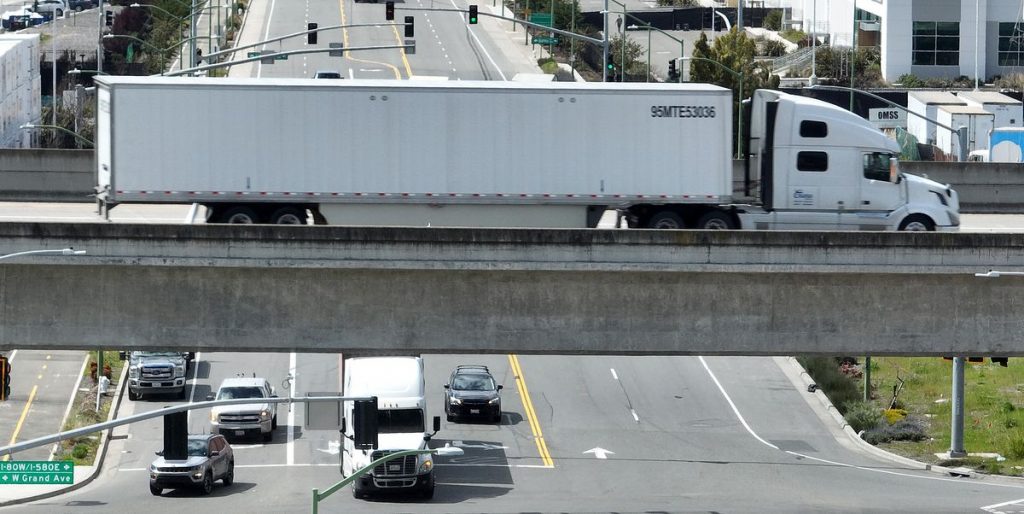Ban on Heavy-Duty Diesel Truck Sales in California Effective After 2036

California recently made history by announcing the first-ever combustion-truck sales ban in the world, as the state plans to phase out sales of diesel-powered medium and heavy-duty vehicles by 2036, also known as the Advanced Clean Fleets. The state’s clean-vehicle regulation continues to set the pace for others around the country. The new rule requires fleets that operate medium and heavy-duty vehicles with a gross vehicle weight rating over 14,000 pounds to shift to zero-emission powertrains. While some fleets will need to start transitioning next year, the zero-emission deadlines range from 2035 for short-haul deliveries, 2039 for garbage trucks, and 2042 for sleeper cabs and specialty vehicles.
The California Air Resource Board (CARB) led the charge for targeting the heavy-duty sector by arguing that big trucks make up only 6 percent of California’s vehicles but emit 25 percent of all on-road greenhouse gas emissions. The organization has been offering financial incentives and exemption to ease the transition to cleaner vehicles. CARB approved the rule after the EPA approved the state’s request for the waiver to regulate HD diesel vehicles.
The CARB’s heavy truck regulation aims to reduce California’s greenhouse gas (GHG) emissions by 40 percent and reduce petroleum use by 50 percent by 2030, leading to over $26 billion in health savings and about $48 billion in operating cost savings by 2050. CARB expects about 1.7 million zero-emission trucks in California by 2050. Other states are yet to announce a similar move, but they may follow California’s new clean air rules, which is considered groundbreaking.
In addition, CARB recently voted to ban sales of new combustion-engine passenger vehicles in California from 2035. The Advanced Clean Trucks rule requires reduced emissions from train locomotives and mandates zero-emissions by 2035 for last-mile delivery and drayage trucks, which often operate around port locations, 2039 for local work vehicles like garbage trucks and day cab tractors, and 2042 for sleeper cab tractors and specialty vehicles.
Despite the financial challenges of switching to zero-emission HD vehicles, reduced truck pollution significantly brings savings and health benefits. Notably, the CARB estimated that reduced truck pollution would yield over $26 billion in health savings and cost savings for fleet managers and truck owners by $48 billion by 2050, despite the inevitable financial challenges associated with switching to zero-emission HD vehicles.
With the new regulations in place, California will remain one of the top states pushing for zero-emission vehicles, including pushing for half of heavy trucks sold to be EV by 2035. CARB aims to continue providing financial incentives and exemptions for fleets to help ease the transition towards cleaner vehicles. Governor Gavin Newsom’s goal of turning all trucks in the state to zero-emission by 2045 further illustrates California’s commitment to achieving a cleaner and sustainable future.